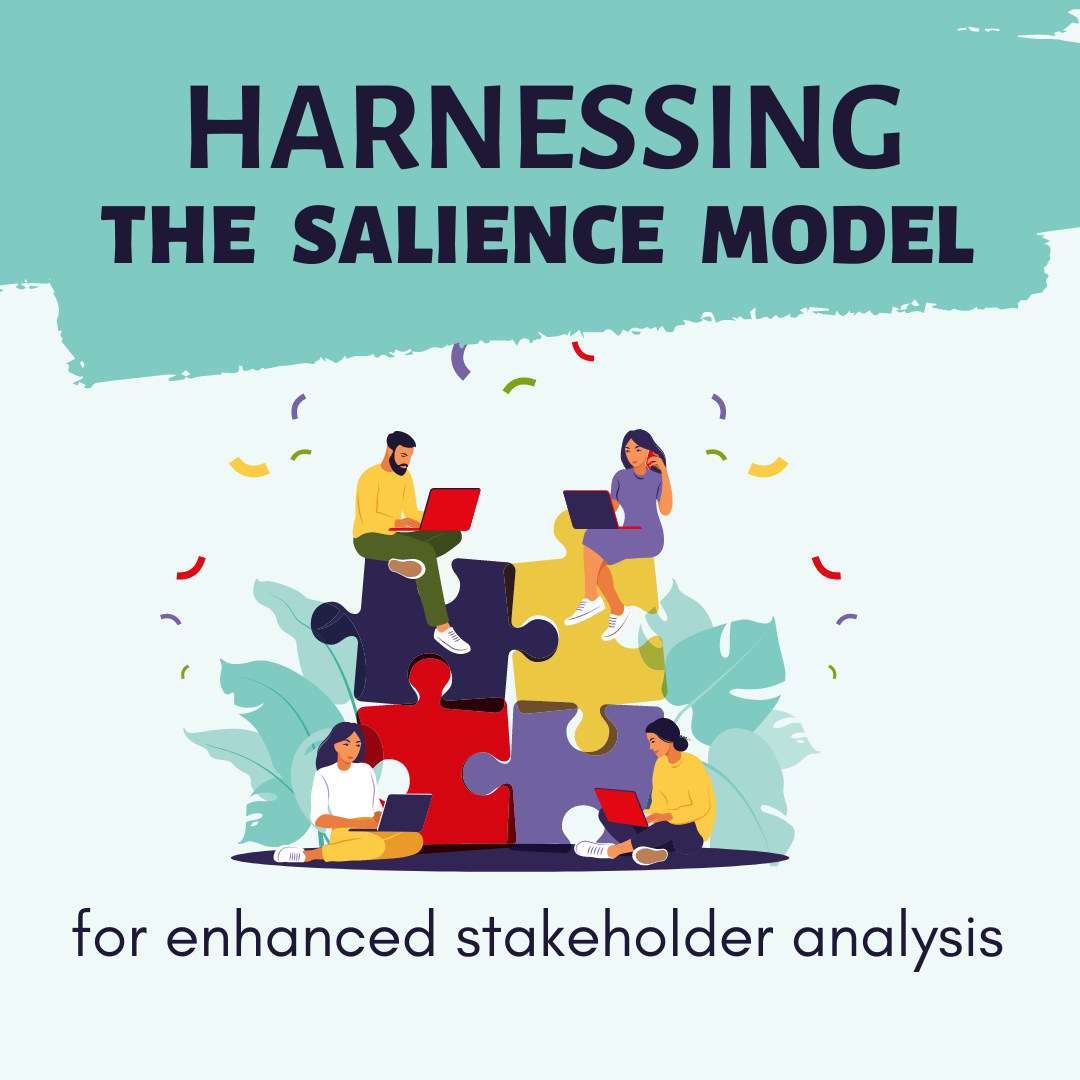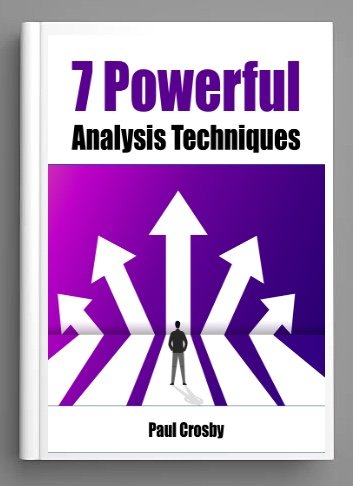Harnessing the Salience Model for Enhanced Stakeholder Analysis in Agile and Waterfall Projects
In the multifaceted realms of Agile and Waterfall project methodologies, effective stakeholder analysis stands as a critical component of project success. Business Analysts (BAs) and Product Owners (POs) are tasked with navigating complex stakeholder landscapes, making informed decisions that align with diverse needs and expectations. The Salience Model, a strategic tool in the domain of business analysis techniques, offers a robust framework for identifying and prioritizing stakeholders based on their relevance to the project. This article delves into the benefits of employing the Salience Model for stakeholder analysis, highlighting its utility in both Agile and Waterfall environments to foster superior project outcomes.
The Salience Model: A Primer
The Salience Model categorizes stakeholders based on three key attributes: Power, Legitimacy, and Urgency. Power refers to the ability of stakeholders to influence project outcomes, Legitimacy pertains to their legitimate relationship with the project, and Urgency denotes the immediacy of their needs or demands. By evaluating stakeholders against these criteria, BAs and POs can gain nuanced insights into the stakeholder landscape, enhancing their analysis and engagement strategies.
Advantages in Stakeholder Analysis
1. Prioritized Engagement: The Salience Model enables BAs and POs to prioritize stakeholders based on their attributes of power, legitimacy, and urgency. This prioritization ensures that resources and efforts are allocated efficiently, focusing on stakeholders who have the most significant impact on the project's success.
2. Tailored Communication Strategies: Understanding the salience of various stakeholders allows for the development of customized communication plans. Stakeholders with high urgency and power may require more frequent updates and direct involvement in decision-making processes, whereas others with lower salience might be engaged through periodic updates.
3. Risk Mitigation: By identifying stakeholders with high power and urgency, the Salience Model helps in pinpointing potential sources of risk and resistance. Proactively addressing the concerns of these stakeholders can mitigate risks associated with stakeholder opposition or lack of support.
4. Enhanced Decision Making: The clarity provided by the Salience Model regarding stakeholder salience aids BAs and POs in making informed decisions that consider the influence and needs of key stakeholders, leading to more strategic and well-received project outcomes.
5. Adaptability Across Methodologies: The Salience Model's versatility makes it equally applicable in both Agile and Waterfall environments. In Agile projects, it can guide sprint planning and backlog prioritization, while in Waterfall projects, it can inform phase-wise stakeholder engagement and requirement gathering.
Leveraging the Salience Model in Agile and Waterfall Environment
- In Agile Projects: The dynamic nature of Agile projects, with their emphasis on collaboration and iterative development, benefits from the Salience Model's ability to adapt to changing stakeholder landscapes. BAs and POs can use the model to reassess stakeholder salience at the beginning of each sprint, ensuring that engagement strategies remain aligned with the project's evolving context and stakeholder dynamics.
- In Waterfall Projects: The structured phases of Waterfall projects allow for comprehensive stakeholder analysis during the initial stages. The Salience Model can be employed to establish a clear stakeholder engagement plan from the outset, with strategies tailored to the salience of stakeholders throughout the project lifecycle, ensuring that their needs are addressed in a timely and effective manner.
Navigate Complex Stakeholders
The adoption of the Salience Model by Business Analysts and Product Owners as a technique for stakeholder analysis significantly enhances their ability to navigate the complex stakeholder environments inherent in both Agile and Waterfall projects. By facilitating prioritized engagement, tailored communication, risk mitigation, and informed decision-making, the Salience Model serves as a linchpin in the development of strategies that cater to the most influential stakeholders, thereby driving project success. In essence, the strategic application of the Salience Model in stakeholder analysis is a testament to the value of nuanced, informed approaches in achieving superior project outcomes.
Master the art of making complexity simple with our cutting-edge Business Analysis Techniques course! Whether you're navigating the dynamic rapids of Agile or steering through the structured currents of Waterfall, this course arms you with a toolbox of innovative strategies to craft collaborative and effective solutions. Dive in and transform the way you analyze, one innovative technique at a time – because in the world of business analysis, being effective isn't just an option, it's your superpower!
Ready to up your business analyst game? Let’s explore 7 powerful techniques that are shifting the business analysis landscape with expert insight from business analysis pros.
7 Powerful Analysis Techniques Book
Amazon Kindle $9.99
Uncommon Book of Analysis Techniques Book
PDF Download $75.00



